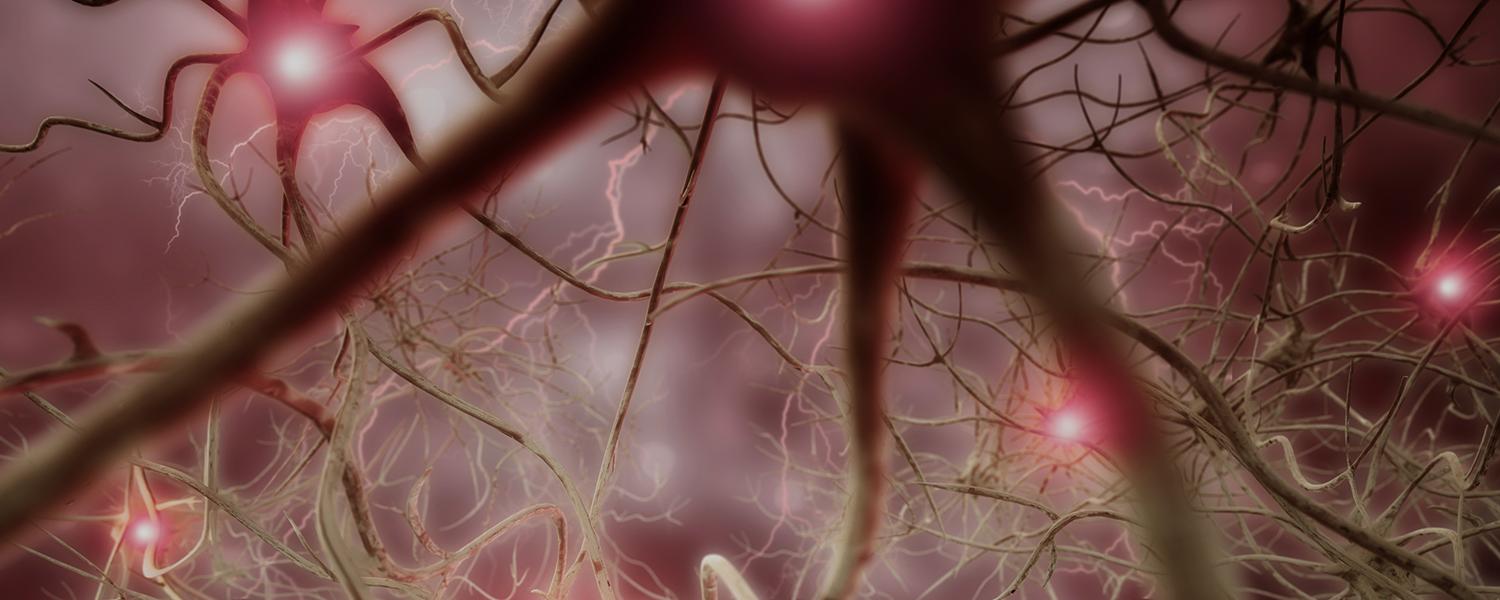What is Gliovac/ERC1671/SITOIGANAP?
The GLIOVAC/ERC1671/SITOIGANAP (Gliovac™) vaccine is an advanced immunotherapy based on freshly extracted tumour cells and lysates that stimulates the patient’s immune system to recognise and reject cancer cells.
The vaccine contains a combination of autologous tumour cells, and allogeneic tumour cells, generated from the glioma tumour tissues of three different donor cancer patients, and the lysates of all of these cells. Upon injection, this mixture stimulates the patient’s immune system to mount an immune response against the tumour cells, which may lead to their destruction.
The vaccine contains a combination of autologous tumour cells, and allogeneic tumour cells, generated from the glioma tumour tissues of three different donor cancer patients, and the lysates of all of these cells. Upon injection, this mixture stimulates the patient’s immune system to mount an immune response against the tumour cells, which may lead to their destruction.

Glioblastoma
Glioblastoma multiforme (GBM) is the most common and most malignant of all gliomas with approximately 75% of patients dying within 18 months of diagnosis and which cannot be cured by surgery, radiation therapy, chemotherapy, or any other available treatments. Without treatment (at least surgery), patients with glioblastoma usually uniformly die within 3 months of being diagnosed with a recurrent tumour.
Symptoms of the disease
The symptoms are similar to those produced by any malignant cerebral tumour. They vary according to the affected area. The most common symptoms include: headache (cefalea), convulsions, memory loss, loss of muscular control, changes in vision, language impairment/disorder and personality changes. Symptoms may change or deteriorate due to tumour growth and increased number of cells destroyed.
The cerebral edema (inflammation) and/or the increase of intracranial pressure could be lethal. Nonetheless, thanks to advances in immunotherapies and vaccines, new therapeutic alternatives are now available.
The cerebral edema (inflammation) and/or the increase of intracranial pressure could be lethal. Nonetheless, thanks to advances in immunotherapies and vaccines, new therapeutic alternatives are now available.
Gliomas can present with two different types of signs and symptoms: firstly those in relation to the effect of the lesion on the neighbouring tissue; and those in relation to the increase in intracranial pressure.
The first type of signs and symptoms are directly dependent on the localisation of the tumour in the cerebral tissue. There is a tendency of a gradual reduction in neurological function within a particular area, with subsequent focal neurologic deficits: e.g., memory, judgement, language, personality, eyesight, kinetic (movement) functions and sensory functions.
The second type of signs and symptoms represent a non-specific complex of signs and symptoms produced from the increase in intracranial pressure. This increased pressure is provoked by the lesion itself and by the oedema, which it produces. This complex of symptoms can present with headache, nausea, vomiting, double vision, and blurred vision and, in the advanced stage, with an alteration of consciousness. A convulsion may be the first symptom in 15 to 25% of patients.
All of these conditions may result in chronic, debilitating symptoms that negatively affect patients’ ability to function normally in work or family life and finally lead to a fatal outcome.
The first type of signs and symptoms are directly dependent on the localisation of the tumour in the cerebral tissue. There is a tendency of a gradual reduction in neurological function within a particular area, with subsequent focal neurologic deficits: e.g., memory, judgement, language, personality, eyesight, kinetic (movement) functions and sensory functions.
The second type of signs and symptoms represent a non-specific complex of signs and symptoms produced from the increase in intracranial pressure. This increased pressure is provoked by the lesion itself and by the oedema, which it produces. This complex of symptoms can present with headache, nausea, vomiting, double vision, and blurred vision and, in the advanced stage, with an alteration of consciousness. A convulsion may be the first symptom in 15 to 25% of patients.
All of these conditions may result in chronic, debilitating symptoms that negatively affect patients’ ability to function normally in work or family life and finally lead to a fatal outcome.
Read more
Prognosis of glioblastoma
Currently, the vast majority of gliomas cannot be cured. The prognosis for patients with high-grade gliomas is generally poor; those with glioblastoma multiforme having the worse prognosis. Current treatments are essentially symptomatic or palliative.
Surgery can delay the tumour development and provide the patient with relief from the effects of painful tumour growth brain compression.
Conventional radiotherapy and chemotherapy approaches have a limited (and sometimes damaging) effect. Like any chemotherapy treatment, they do have side effects. These include feeling and being sick, skin rash, hair loss, infections, headache, forgetfulness or sleepiness, mood changes, feeling weak and lacking in energy. The side effects are generally due to disturbance of the turnover or the homeostasis of the host cells, such as the cell replication system. Even though chemotherapy acts mainly on cancer cells, healthy normal cells could also be affected by the treatment.
Surgery can delay the tumour development and provide the patient with relief from the effects of painful tumour growth brain compression.
Conventional radiotherapy and chemotherapy approaches have a limited (and sometimes damaging) effect. Like any chemotherapy treatment, they do have side effects. These include feeling and being sick, skin rash, hair loss, infections, headache, forgetfulness or sleepiness, mood changes, feeling weak and lacking in energy. The side effects are generally due to disturbance of the turnover or the homeostasis of the host cells, such as the cell replication system. Even though chemotherapy acts mainly on cancer cells, healthy normal cells could also be affected by the treatment.
Clinical Trials with Gliovac/ERC1671/SITOIGANAP
A Phase 2 clinical trial of GLIOVAC/ERC1671/SITOIGANAP entitled “ ERC1671/GM-CSF/Cyclophosphamide for the Treatment of Glioblastoma Multiforme” is now recruiting at University of California, Irvine.
For more information please contact:
The Chao Family Comprehensive Cancer Center
University of California, Irvine Medical Center
Phone: 01-877-827-8839
Email: UCstudy@uci.edu
Details of the clinical trial can be found at: https://clinicaltrials.gov/ct2/show/NCT01903330?term=Bota&rank=1
For more information please contact:
The Chao Family Comprehensive Cancer Center
University of California, Irvine Medical Center
Phone: 01-877-827-8839
Email: UCstudy@uci.edu
Details of the clinical trial can be found at: https://clinicaltrials.gov/ct2/show/NCT01903330?term=Bota&rank=1
